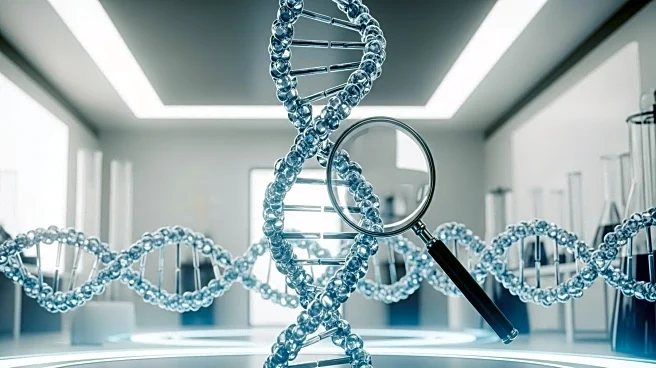What's Happening?
The Gilgo Beach serial killer case is testing the use of advanced DNA techniques in criminal trials. Investigators have used whole genome sequencing to analyze degraded DNA samples, including rootless hairs, to link Rex Heuermann to the murders of Maureen Brainard-Barnes and other women. A state judge is considering whether to admit this evidence, which would be a first in New York and rare nationwide. Prosecutors argue the DNA evidence strongly implicates Heuermann, while defense lawyers question the reliability of the statistical analysis used to match the DNA.
Why It's Important?
The decision to admit advanced DNA evidence in the Gilgo Beach case could set a precedent for future criminal trials. If accepted, it would expand the use of cutting-edge forensic techniques, potentially improving the ability to solve cold cases and identify perpetrators with minimal physical evidence. However, it also raises concerns about the accuracy and validation of these methods, which could impact the fairness of trials. The outcome could influence legal standards and the integration of scientific advancements in the justice system.
What's Next?
New York State Supreme Court Justice Timothy Mazzei is expected to announce his decision on the admissibility of the DNA evidence during a hearing. This ruling could influence how forensic evidence is used in future cases, potentially leading to broader acceptance of advanced DNA techniques. Stakeholders, including legal experts and forensic scientists, will be closely monitoring the decision and its implications for the criminal justice system.













